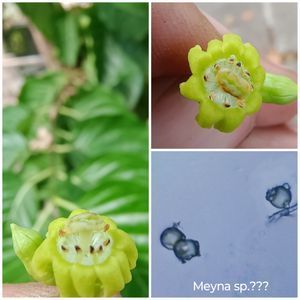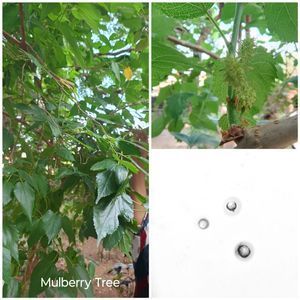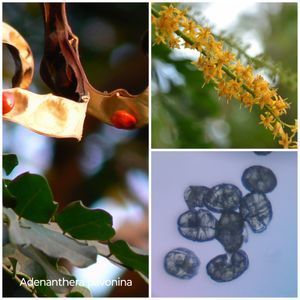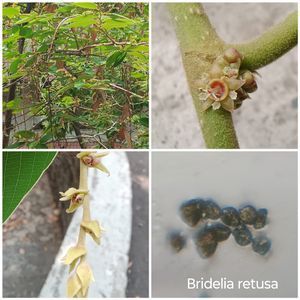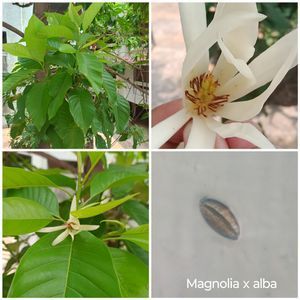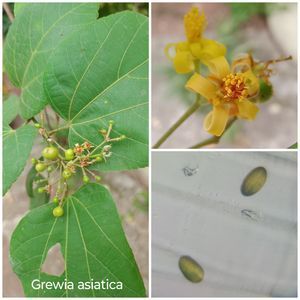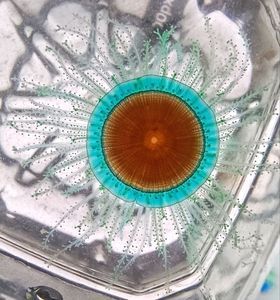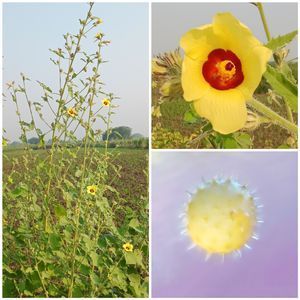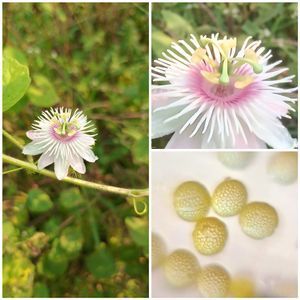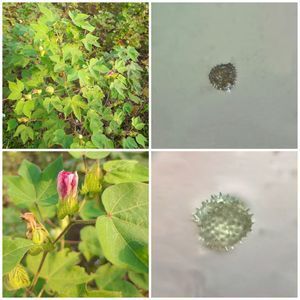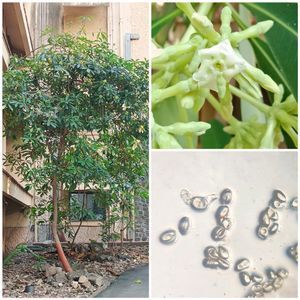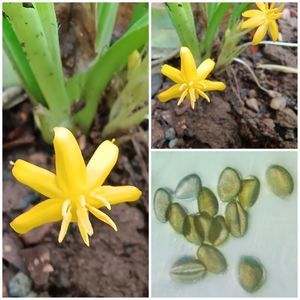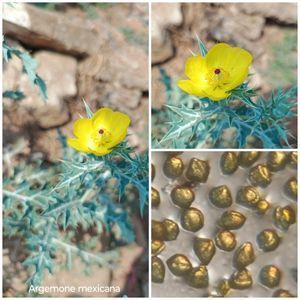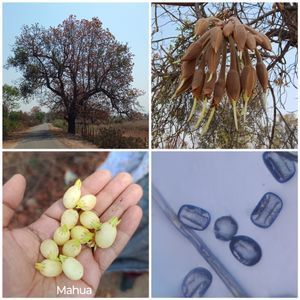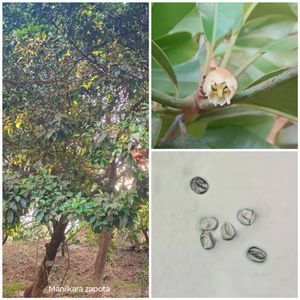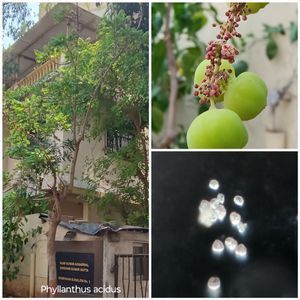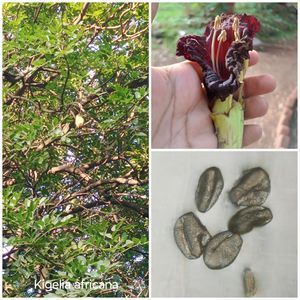Taking photo of object bigger than the field of view of the Foldscope
 Nov 30, 2019 • 11:43 PM UTC
Nov 30, 2019 • 11:43 PM UTC Unknown Location
Unknown Location 140x Magnification
140x Magnification Plants
Plants
edurafi
I'm a science educator interested in everything science.
115posts
91comments
20locations
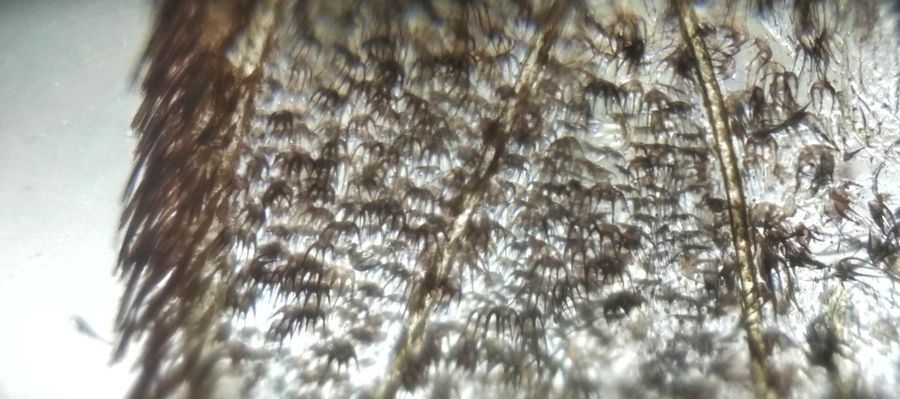
Many times we observe objects which are so big that we can’t take its photo as we have panning stage to move and take multiple photos.
In this post I’m describing a method with which you can take multiple photos of a big object and then stitch them together to create complete picture.
In this post I’m describing a method with which you can take multiple photos of a big object and then stitch them together to create complete picture.


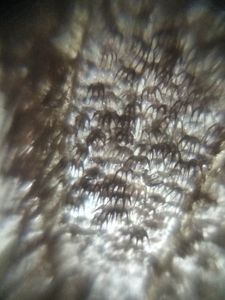




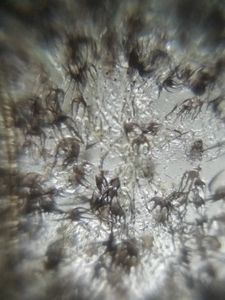
I took above photos of wing of a moth. For each photo I moved the focus slightly to the right.

I use a software called Mapstitch for combining the multiple images. The app is available here: https://play.google.com/store/apps/details?id=com.bcdvision.mapstitch

App screenshot All you have to do is, open the app and it it open the multiple images you have taken. It stitches the image by using the common pattern in images and creates one big image. It is like the panoramic picture we take with our phone. The only precaution you have to take is that, each picture should have some common part and some new part. Two successive pictures can not be completely different, then software would not know how to stitch.
Resultant image looks like this.
Resultant image looks like this.

Image after stitching
Sign in to commentNobody has commented yet... Share your thoughts with the author and start the discussion!

 0 Applause
0 Applause 0 Comments
0 Comments